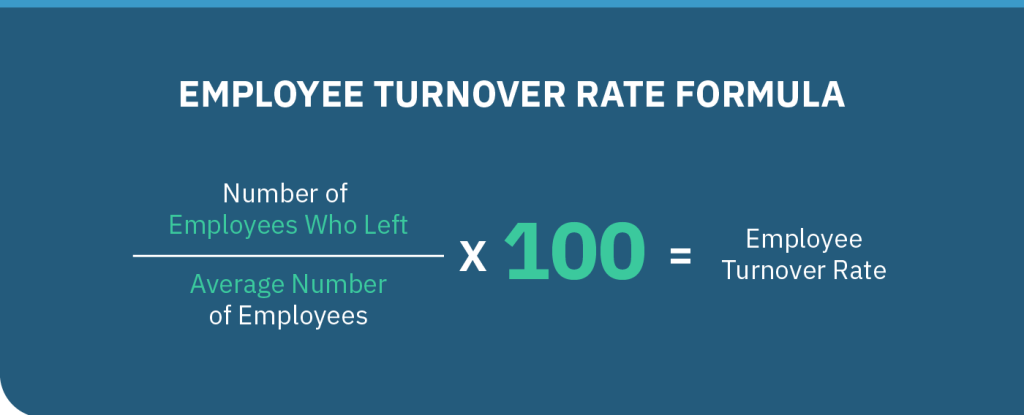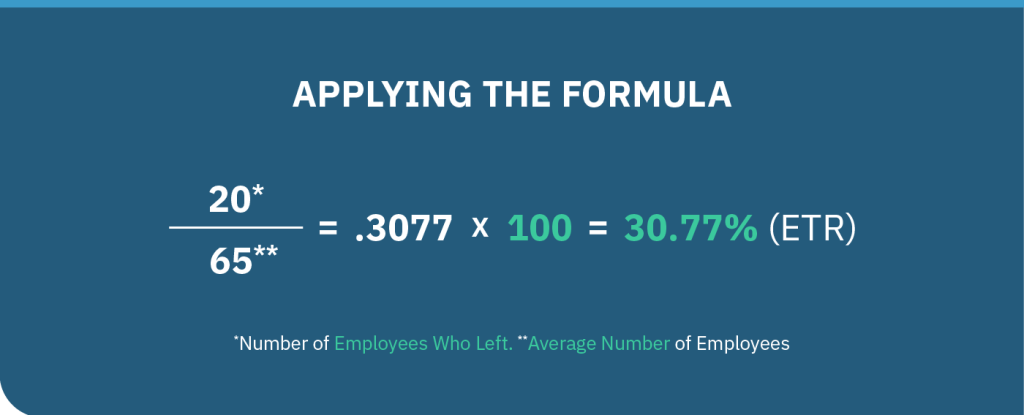
Obtaining and retaining qualified personnel has been one of the most difficult challenges for companies in today’s market. Flexibility, higher wages due to demand, and health concerns are key issues for workers.
One key metric that companies use to evaluate their success is Employee Turnover Rate. It’s a measure of employees leaving a company. Although market trends are a significant factor impacting this rate, turnover is very expensive and should not go unchecked. Costs to recruit, train and acclimate personnel are not only hard costs, but also decrease productivity of personnel involved in this process, and cause delays in production and/or providing services. In fact, it doesn’t end there, high turnover impacts customer satisfaction, existing employee satisfaction, profitability, growth plans, etc. When it comes right down to it, maintaining qualified personnel must be a top priority for all employers.
To get an idea as to just how high the Employee Turnover Rate has been, in the 2021 Bureau of Labor Statistics Job Openings and Labor Turnover Survey News Release posted on March 11, 2021, report, “the overall turnover rate is 57.3 %, but that number drops to 25% when considering only voluntary turnover, 29% when considering involuntary turnover, and just 3% when looking at only high-performers”.
To compute your company’s Employee Turnover Rate, use the following formula:

Consider the following example:
Twenty Employees left your company in 2021. At the beginning of the year, you had 60 employees and at the end of the year you had 70. Your Average Employees for 2021 would therefore be (60 + 70)/2 or 65.

The following are a few of my personal tips for keeping your Employee Turnover Rate down:
- Thank your employees for their work. Their paychecks are not thanks enough. Walk around and say hello in the morning. Stay in tune with what is going on outside your office. Keep your office door open, or at least ajar whenever possible.
- New employees often feel as if they are a lone island. To prevent this, team up each new employees with a longer-term employee to provide a “go-to resource”.
- Get to know your employees, their interests, their personal and career goals. They are dedicating their work life to you, and you should have a vested interest in them as well. Help them to achieve their career goals, even if it means they need to leave the company.
- Provide meaningful and timely feedback. It’s important to step away from the daily grind and focus on the big picture. Supervisors should spend time with their direct reports to develop a Professional Development Plan. As an example, together create a Word document, that details three goals, includes steps to achieve those goals, and a timeline/due dates. Meet monthly to discuss and document progress. By the end of a year, you will likely have much of your performance review written and there will be no surprises.
- Take anonymous employee surveys frequently or hold "skip" meetings where you meet with your direct report's direct reports. Trend results, address company-wide and take real action to improve results.
- Be competitive or better in terms of compensation and benefits. If you want the top quartile of employees, you need to pay them accordingly.
- Last but not least, hold monthly company meetings to discuss the “State of the Company” company performance, goals, plans, etc. Recognize accomplishments and provide kudos often.